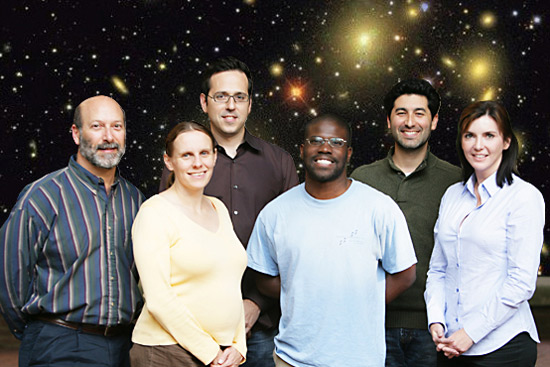Star gazers – both those who have a telescope and those who don’t – should be happy to learn that the largest-ever three-dimensional map of the universe has been released to the public.
The new map contains images of 200 million galaxies. For 1.35 million, it also includes spectra – the measurement of how the intensity of the light coming from a galaxy varies with wavelength, information that provides an estimate of its distance. The new map includes galaxies dating back to the time when the universe was half its present age. Its availability online was announced Aug. 8 by the Sloan Digital Sky Survey III, an international consortium of two dozen universities including Vanderbilt.
All this astronomical information is available on the SDSS III website, where it is organized in a fashion that makes it accessible not only to professional astronomers, but also to amateur astronomers and star-struck members of the general public.
“The website has been set up to encourage public participation,” said Andreas Berlind, assistant professor of astronomy, one of the Vanderbilt participants. All the images, measurements and spectra are freely available online. The consortium has created a special website, called the Skyserver, that presents highlights from the survey data selected to show members of the public “the beauty of the universe” and to “share with you our excitement as we build the largest map in the history of the world.”

In 2007, survey members also created an online collaborative project called “Galaxy Zoo” that enlists the aid of citizen astronomers to help classify the millions of galaxies recorded by the survey’s robotic telescope according to their shapes. In the initial project, more than 250,000 people participated and made more than 60 million classifications. The success of the project has spawned a “Zooniverse” of other popular citizen science projects, including “GalaxyZoo Mergers,” where participants help scientists figure out what happens when galaxies collide, and “MoonZoo,” where participants help classify craters and other features on the moon’s surface.
Other Vanderbilt participants include professors David Weintraub and Keivan Stassun and assistant professor Kelly Holley-Bockelmann.